This research looks at the possibilities of constructing architecture using matter subtler than solid, in other words, gases and liquids in interchanging states. The objective is to achieve architecture through means of eruption or explosion resulting in a self-sufficient structure that manifests inside out.
The natures of both, the reactive matter, and the hosting medium is secondary to the relationship of both their densities.The dynamic behavior of matter of different densities in relation to the density of the atmosphere that hosts it results in the emergence of complex structural arrangements.
Normally an explosion is worked with as a way to destroy. This research aims to work with explosion as a way to make.
Scenarios in nature:
A volcanic eruption is an expulsion of matter (solid, liquid and gas) into the atmosphere, while a solar eruption happens due to the release of magnetic energy associated with sunspots. This is to say that attraction and repulsion are qualities of an eruptive structure depending on the kind of matter and medium it is being released through.
That is to say that an eruptive structure’s role is not only to expel matter but also to attract or imbibe from the hosting medium.
An eruptive structure happens on several levels of matter. That is to say that depending on the erupting material and the medium it erupts in, matter rearranges itself. For example:
- When solidified nitrogen meets the surface of water, a crisp layer of solid carbon dioxide emitting fumes like a geyser forms on the surface of the water. This process of instant solidification of gas without becoming liquid in the first place is known as deposition. This is an example of how an explosion of gas can yield solid form.
- In antarctica, the emission of gas (water vapor) from underground ice volcanoes, when met with the freezing cold atmosphere solidify and over time form 33ft high natural chimneys known as fumaroles. This is a natural eruptive structure.
- Water in gas form can instantly freeze without passing through water form. Plasma (sun matter) is gas that is heated to certain point that electrons leave the atoms and it becomes charged. Plasma can be achieved by over heating water vapor. This process can be regarded as turning water into “fire”.
Experiment Scenario:
The reactivity of hot liquid colophony (pine resin) of variable density dropped in water of variable temperatures (i. E. densities) yields different structural formed by the movement of water and air within the resin capsule.
Capturing Water and Air:
X-Ray scans of experiment results showcase the geological quality of the structural findings. The eruption of water and air within the viscous resin sheathe leads to the encapsulation of both generative components upon the solidification of the viscous membrane.
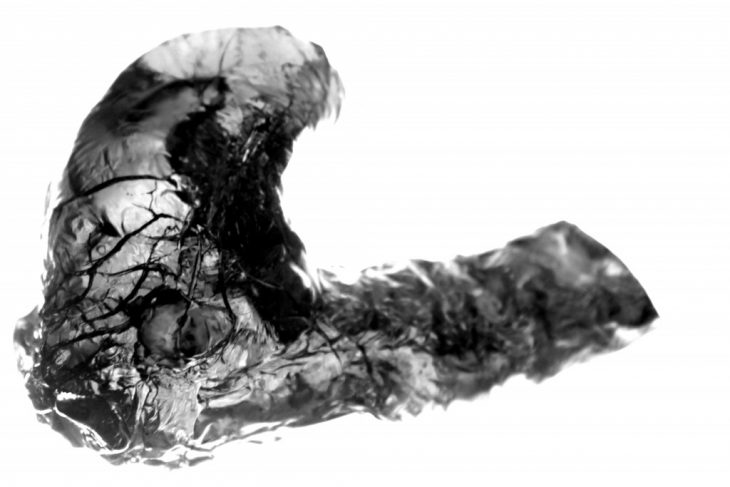
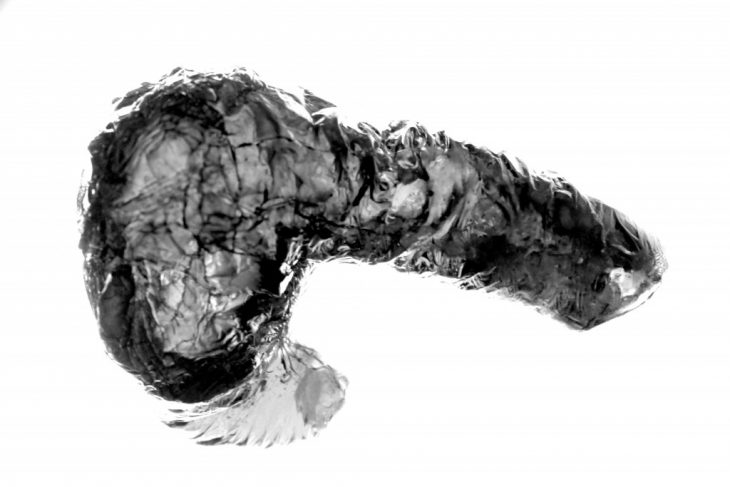
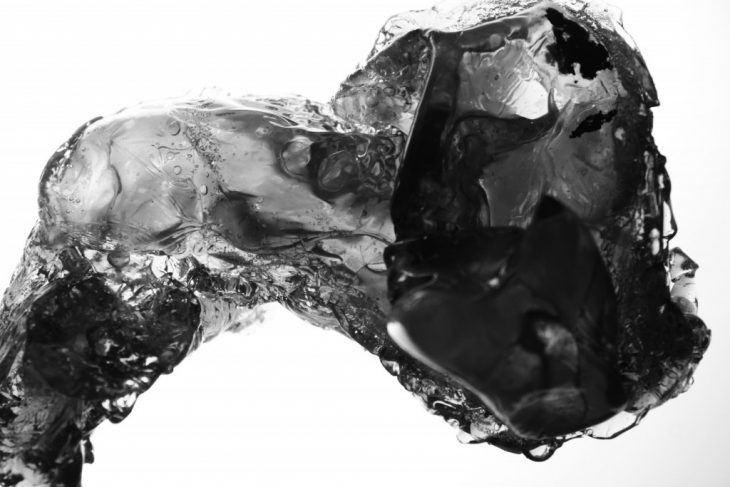
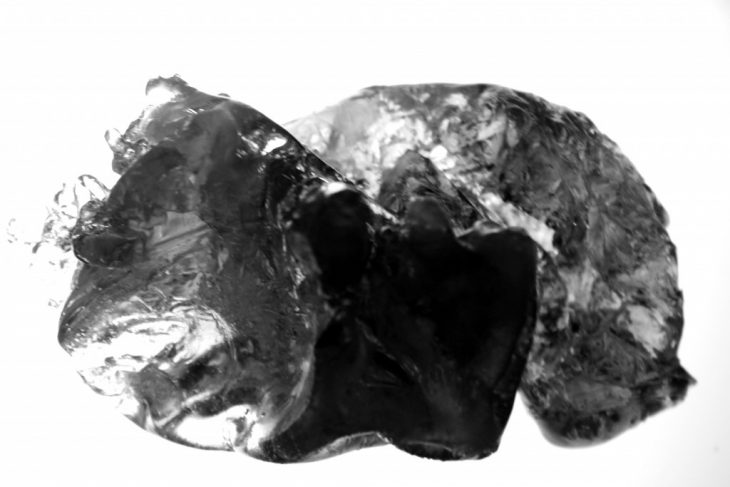
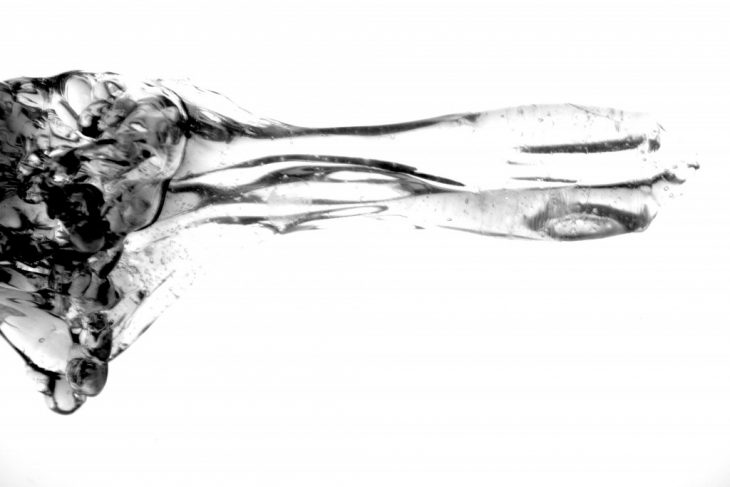
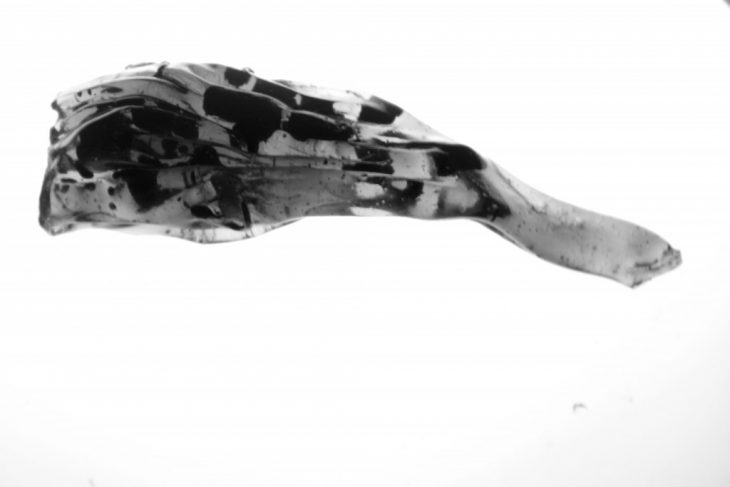
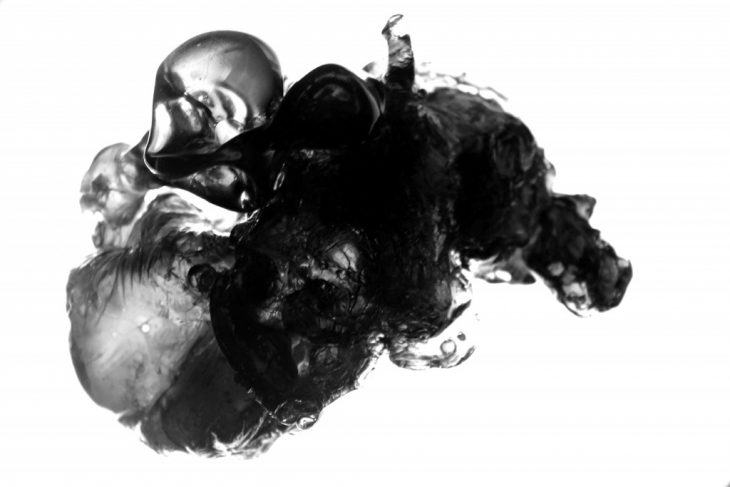
Analytic drawing of the dynamic behavior of matter in the hosting atmosphere:
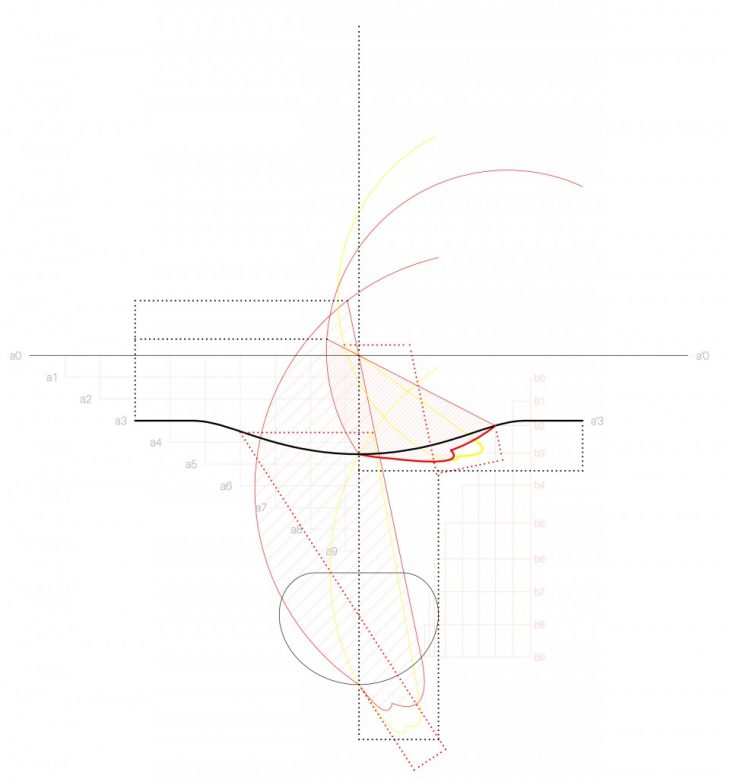
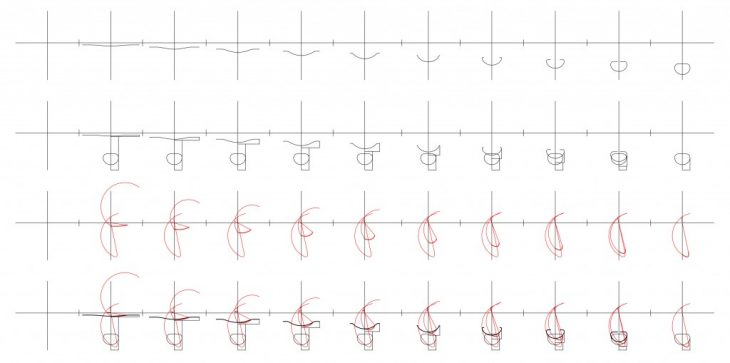
A series of 3D scans of the prototypes: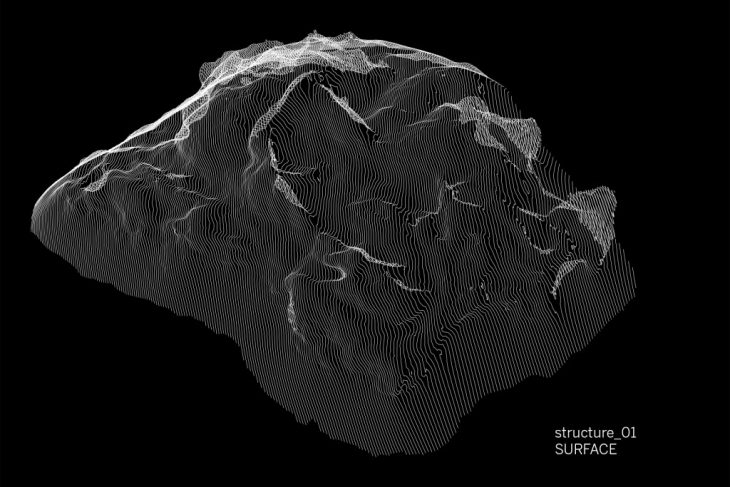
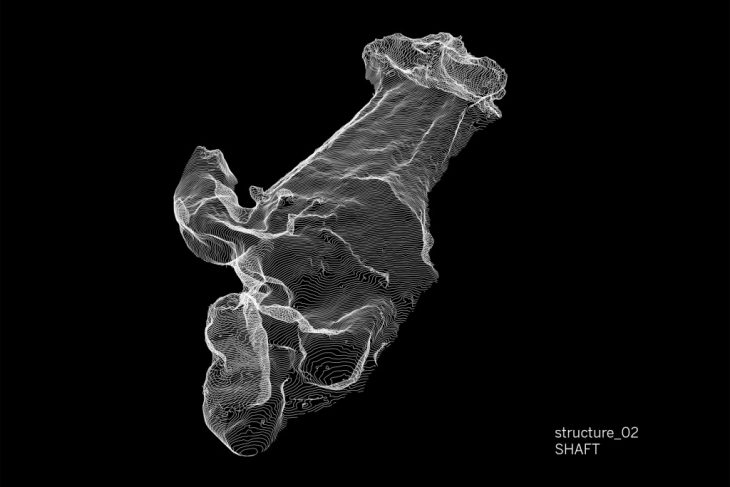
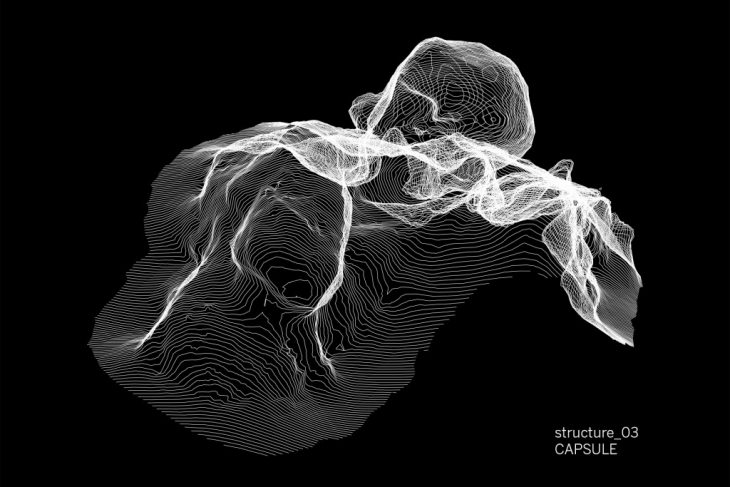
KEY WORDS:
- States of matter
- Eruptive
- Reactive
- Combustive
- Explosive
- Water
- Water vapor
- Gas
- Density
- Temperature
- Atmosphere
- Interchangeable
- Shifting matter
- Instant
- Encapsulation
- Liquid structure
- Gaseous structure
QUESTION
Can the move to subtler matter in construction, like gas and liquid, make it possible for a building to erupt? Can a building explode into presence? Can architecture be self-generated or instantly “popped”?
MAA02 thesis studio: Climatic Matter
Tutors: Lluis Viu and Jordi Pages
Student: Mohamad Rachid Jalloul
